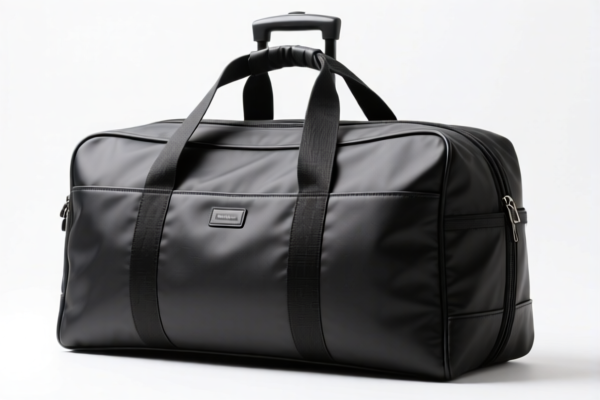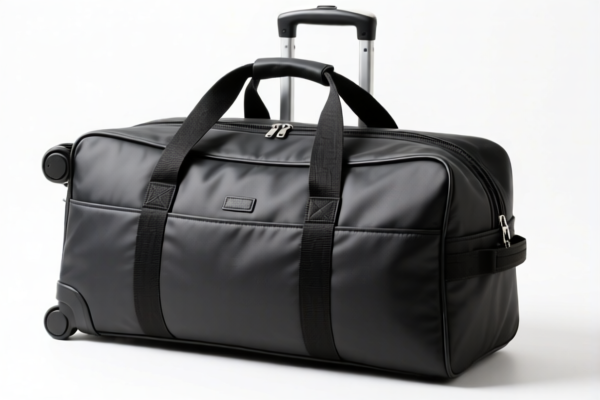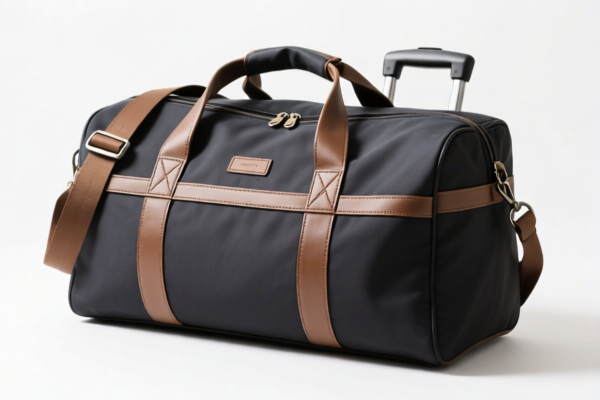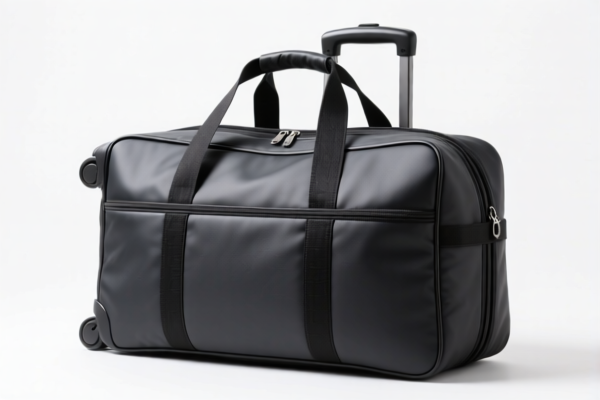| HS Code | Official Doc | Tariff Rate | Origin | Destination | Effective Date |
|---|---|---|---|---|---|
| 4202110030 | Doc | 63.0% | CN | US | 2025-05-12 |
| 4202128940 | Doc | 72.6% | CN | US | 2025-05-12 |
| 4205000500 | Doc | 57.9% | CN | US | 2025-05-12 |
| 4205000500 | Doc | 57.9% | CN | US | 2025-05-12 |
| 8308909000 | Doc | 57.7% | CN | US | 2025-05-12 |
| 7616991000 | Doc | 80.0% | CN | US | 2025-05-12 |
| 7616995120 | Doc | 57.5% | CN | US | 2025-05-12 |
| 3923900080 | Doc | 58.0% | CN | US | 2025-05-12 |
| 3926903300 | Doc | 36.5% | CN | US | 2025-05-12 |




Luggage
Luggage, also known as baggage, refers to containers for holding personal belongings during travel. It encompasses a wide range of items designed to transport clothing, toiletries, and other necessities.
Materials
Historically, luggage was constructed from materials like leather, wood, and canvas. Modern luggage utilizes a broader spectrum of materials, including:
- Hard Shells: Typically made from polycarbonate, ABS plastic, or aluminum. These offer superior protection against impact and are often water-resistant.
- Soft Shells: Constructed from fabrics like nylon, polyester, or canvas. These are generally lighter and more flexible, allowing for greater packing capacity and easier storage.
- Frames: Aluminum or steel frames provide structure and durability, particularly in hardshell cases.
- Linings: Interior linings are commonly made from polyester or nylon and can include organizational features like pockets and straps.
- Wheels: Wheels are usually made from durable plastics or rubber and can be single or multi-directional (spinner wheels).
- Handles: Telescoping handles are typically aluminum, while carry handles are made from plastic, rubber, or leather.
Purpose & Function
The primary function of luggage is to safely and conveniently transport personal items during travel. Beyond this core function, luggage is designed to:
- Protection: Safeguard belongings from damage, theft, and the elements.
- Organization: Facilitate efficient packing and access to items during travel.
- Portability: Allow for easy movement through airports, train stations, and other travel environments.
- Compliance: Meet airline size and weight restrictions.
Usage Scenarios
Luggage is employed in a variety of travel contexts:
- Air Travel: The most common application, requiring adherence to airline regulations regarding size, weight, and number of bags.
- Road Trips: Used for transporting belongings in cars, trucks, or other vehicles.
- Train Travel: Suitable for carrying items on long-distance train journeys.
- Cruises: Specific luggage requirements often apply based on cruise line and itinerary.
- Business Travel: Often involves carry-on luggage for convenience and to avoid baggage fees.
Common Types
- Suitcases: Traditional rectangular containers with handles and wheels. Can be hard-shell or soft-shell.
- Carry-on Luggage: Smaller suitcases designed to fit in the overhead compartments of airplanes.
- Duffel Bags: Soft-sided cylindrical bags, often used for shorter trips or as supplementary luggage.
- Backpacks: Carried on the back, suitable for hiking, backpacking, or as a personal item on flights.
- Garment Bags: Designed to transport suits, dresses, and other formal wear without wrinkling.
- Rolling Duffel Bags: Combine the features of duffel bags and suitcases with wheels and a telescoping handle.
- Hardside Luggage: Constructed with a rigid outer shell, providing superior protection.
- Softside Luggage: Made from fabric, offering flexibility and lighter weight.
- Underseater Luggage: Compact bags designed to fit under the airplane seat.
- Personal Item: Smaller bags such as purses, laptop bags, or briefcases allowed in addition to carry-on and checked luggage.
Luggage encompasses a variety of containers used for transporting personal belongings. The applicable HS codes depend on the material and specific type of luggage.
Here are relevant HS codes based on the provided reference material:
- 4202110030: This HS code covers trunks, suitcases, vanity cases, attache cases, briefcases, school satchels, and similar containers with outer surface of leather or of composition leather. The tax rate details include a base tariff of 8.0%, an additional tariff of 25.0%, and an additional tariff of 30.0% after April 2, 2025, resulting in a total tariff of 63.0%. This category includes attache cases, briefcases, school satchels, occupational luggage cases, and similar containers.
- 4202128940: This HS code also covers trunks, suitcases, vanity cases, attache cases, briefcases, school satchels, and similar containers, but with outer surface of plastics or of textile materials. Specifically, it applies to those with an outer surface of textile materials and includes other attache cases, briefcases, school satchels, occupational luggage cases, and similar containers. The tax rate details include a base tariff of 17.6%, an additional tariff of 25.0%, and an additional tariff of 30.0% after April 2, 2025, resulting in a total tariff of 72.6%.
- 7616995120: This HS code covers other articles of aluminum, specifically other luggage frames. The tax rate details include a base tariff of 2.5%, an additional tariff of 25.0%, and an additional tariff of 30.0%, resulting in a total tariff of 57.5%.
- 3923900080: This HS code covers other articles of plastics and articles of other materials of headings 3901 to 3914, specifically other stoppers, lids, caps and other closures, of plastics. The tax rate details include a base tariff of 3.0%, an additional tariff of 25.0%, and an additional tariff of 30.0%, resulting in a total tariff of 58.0%.
- 3926903300: This HS code covers other articles of plastics and articles of other materials of headings 3901 to 3914, specifically other beads, bugles and spangles, not strung (except temporarily) and not set; articles thereof, not elsewhere specified or included, specifically handbags. The tax rate details include a base tariff of 6.5%, an additional tariff of 0.0%, and an additional tariff of 30.0% after April 2, 2025, resulting in a total tariff of 36.5%.
Customer Reviews
No reviews yet.